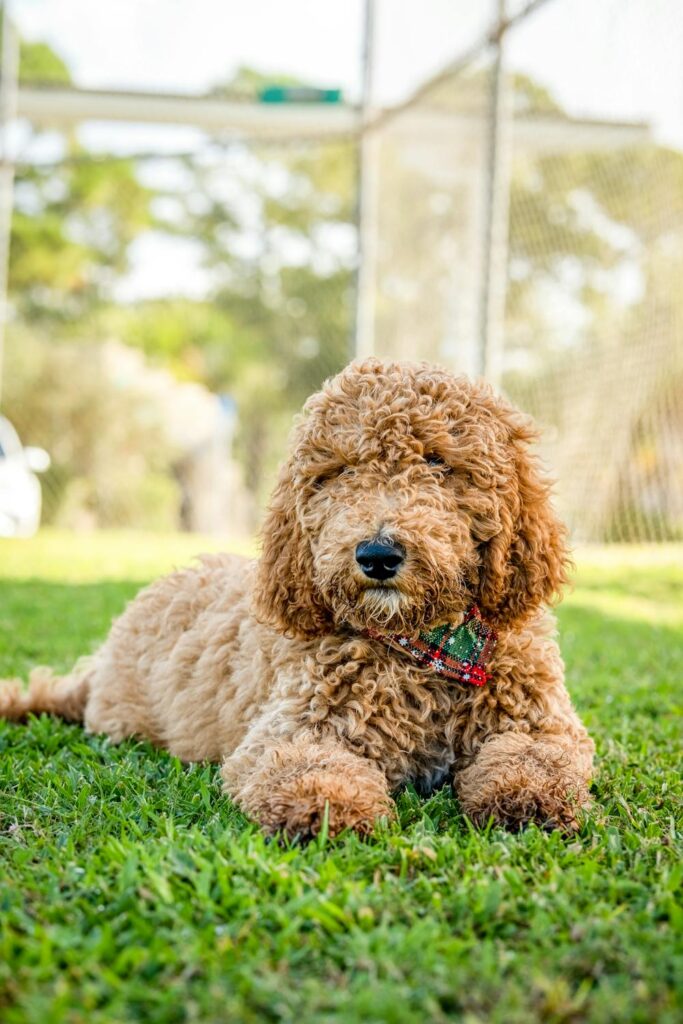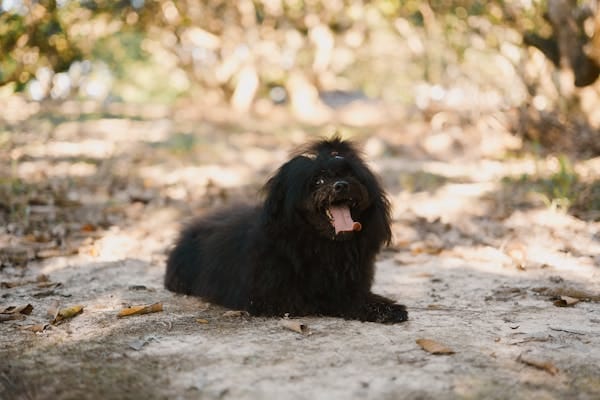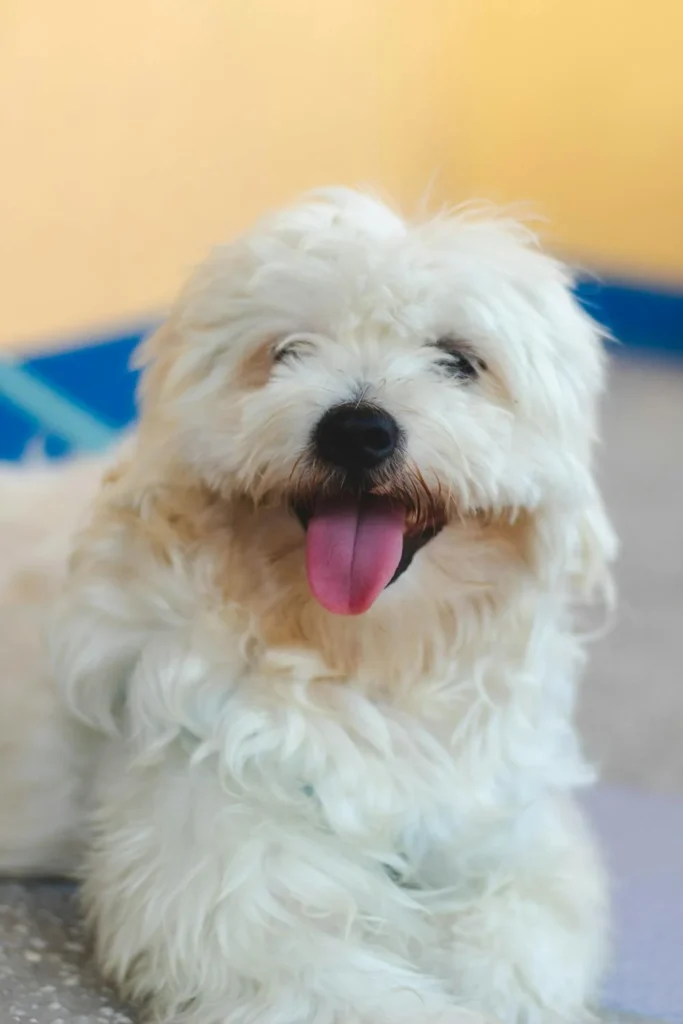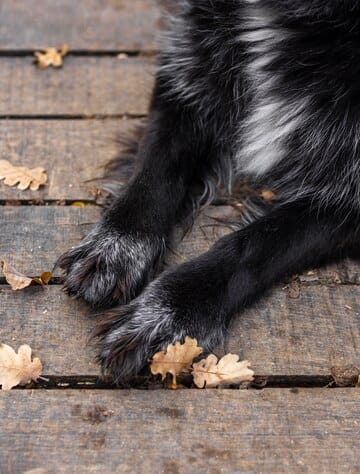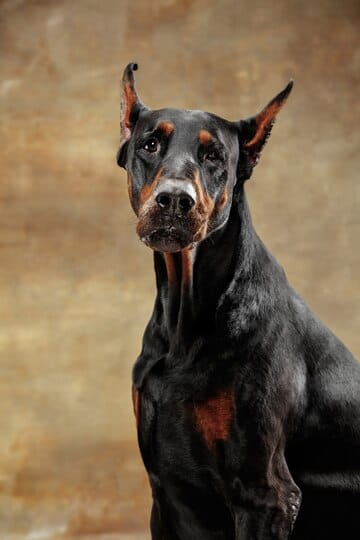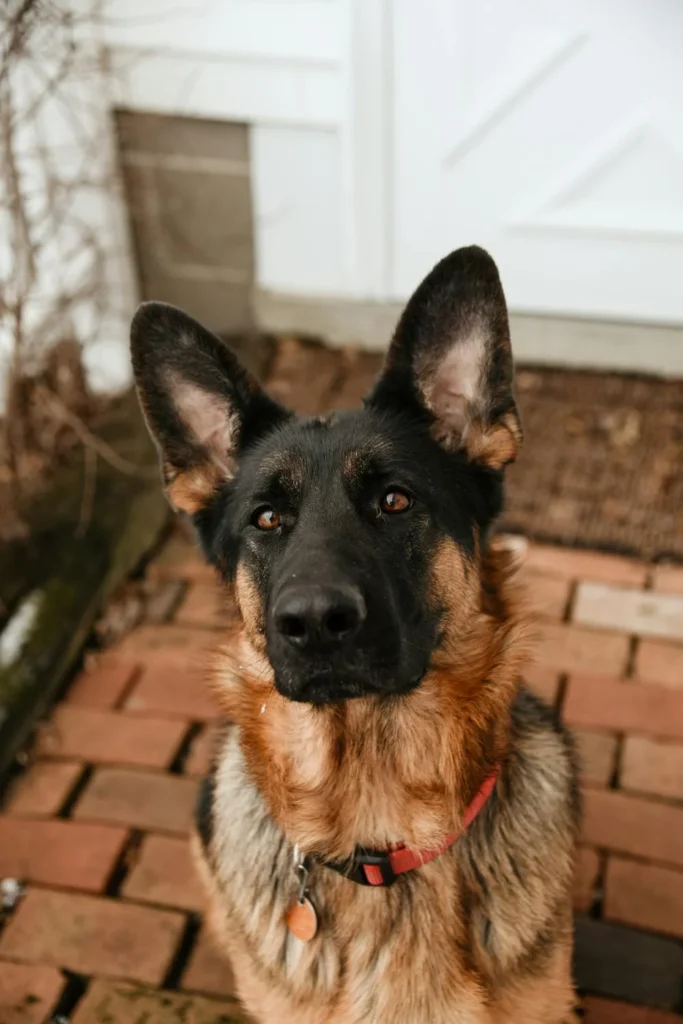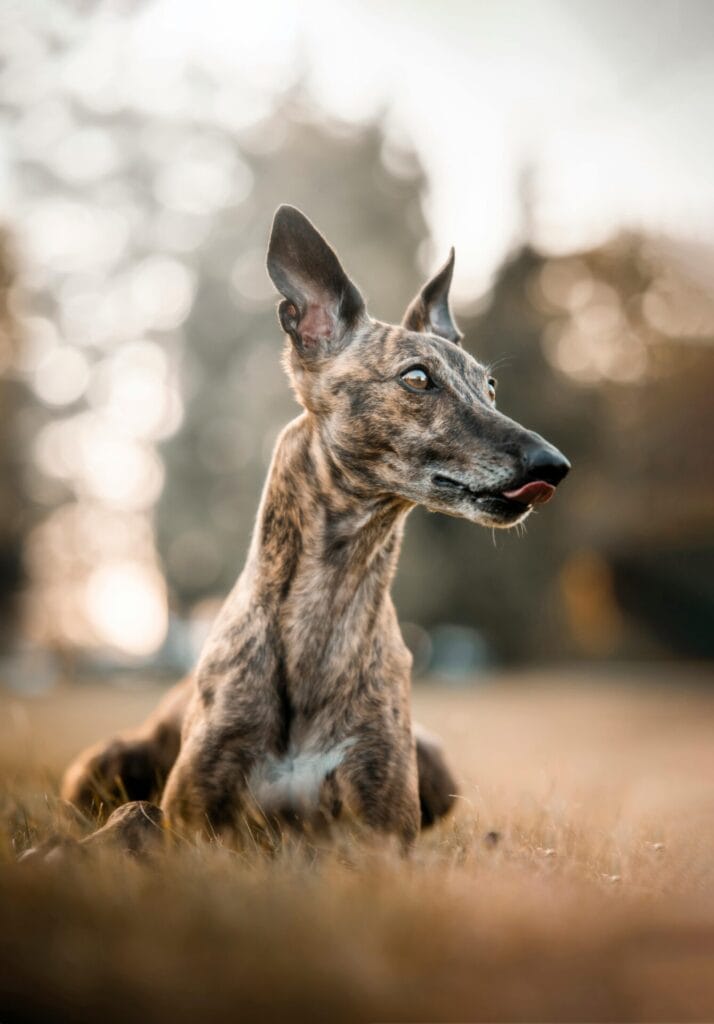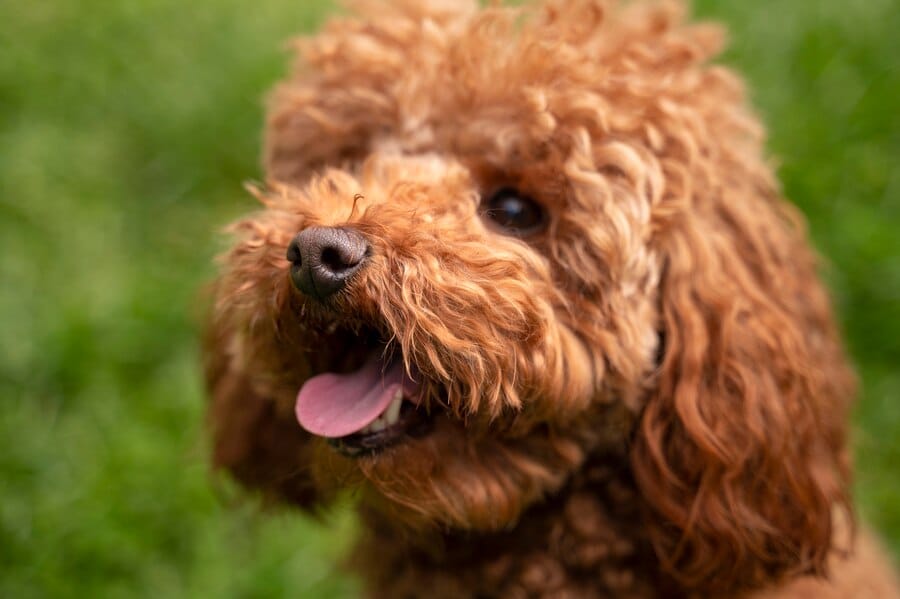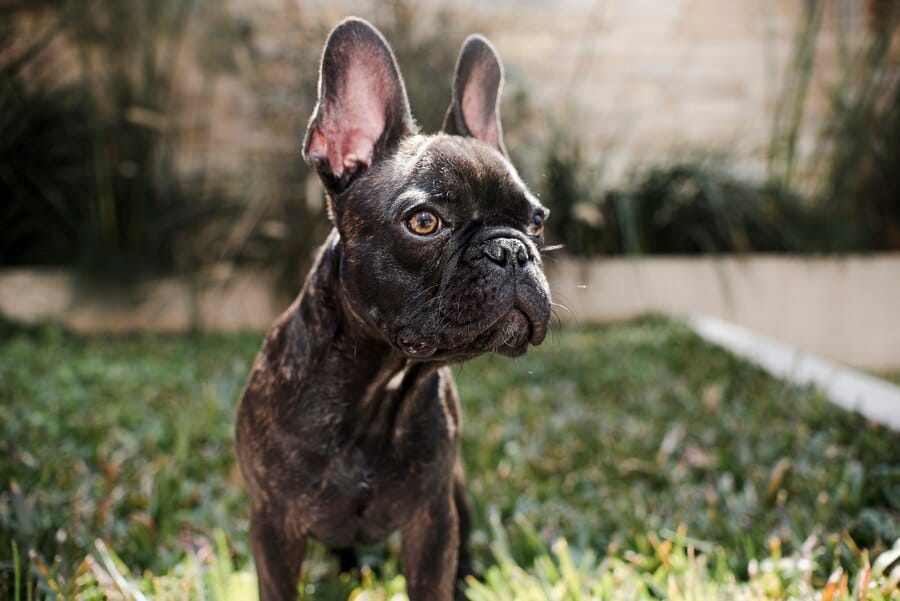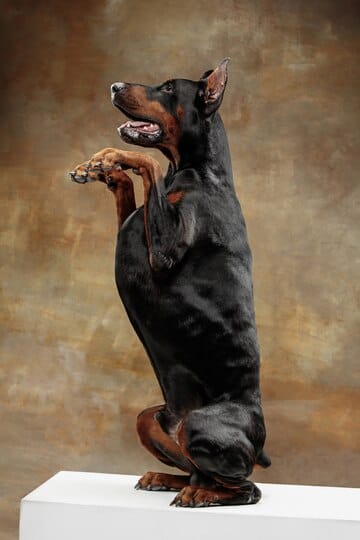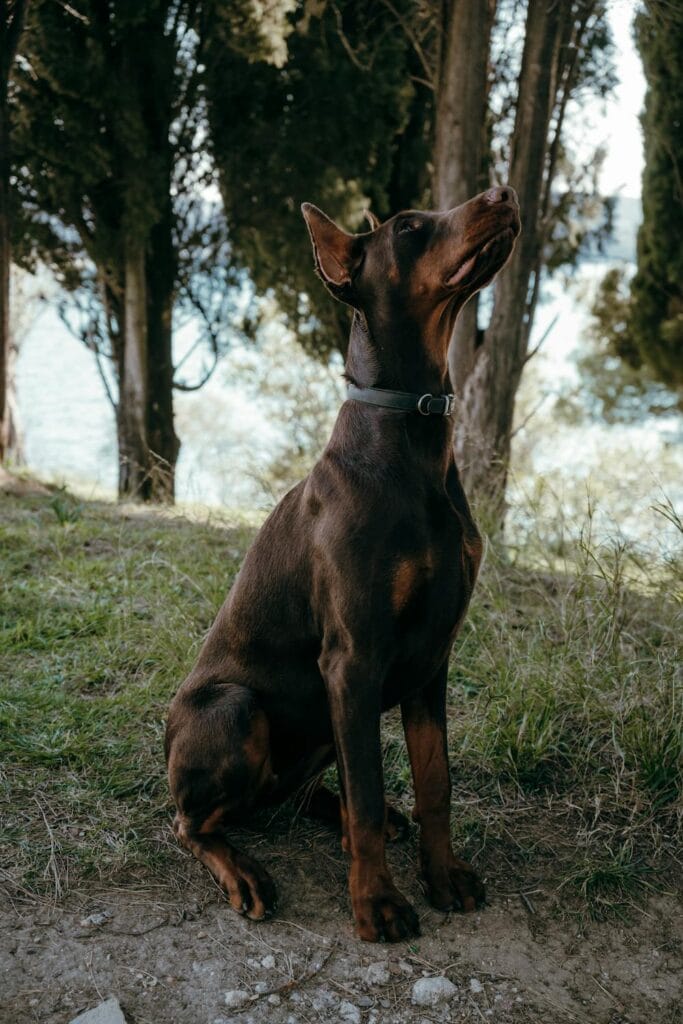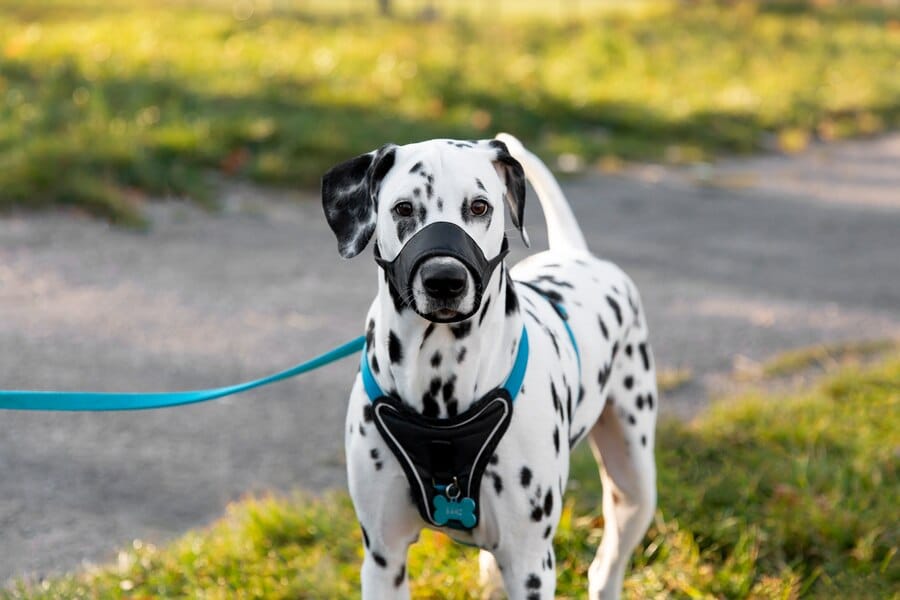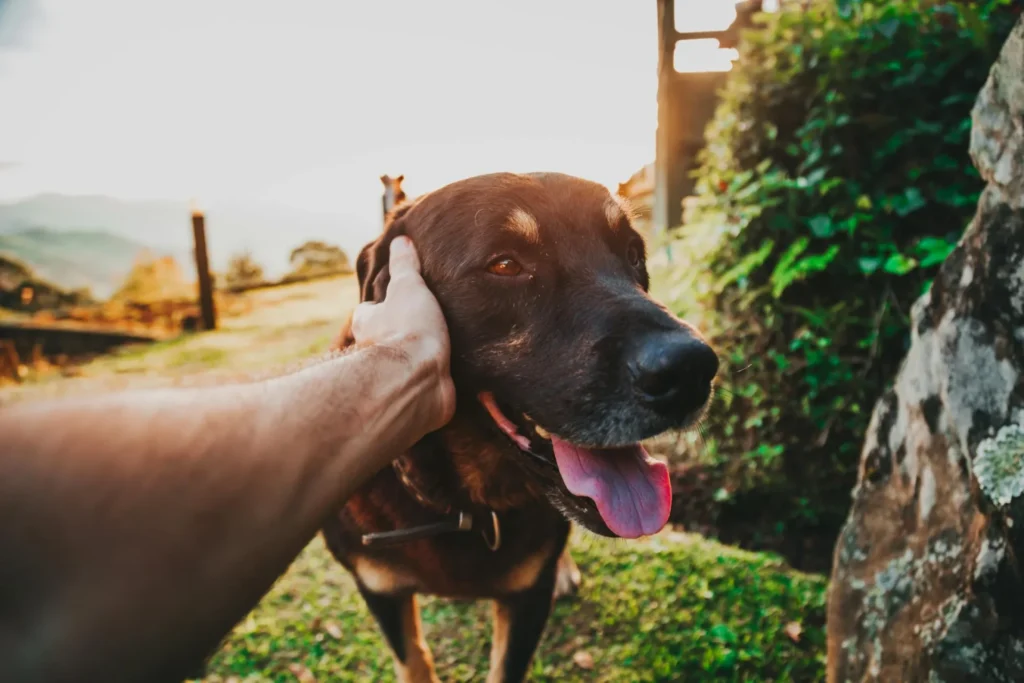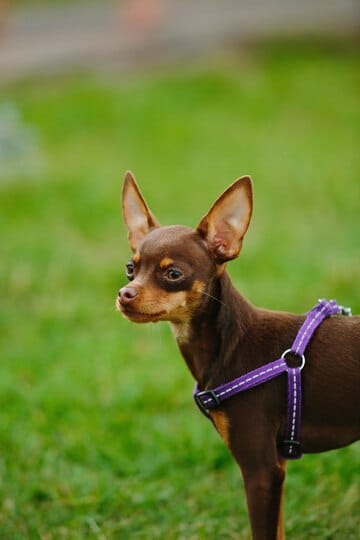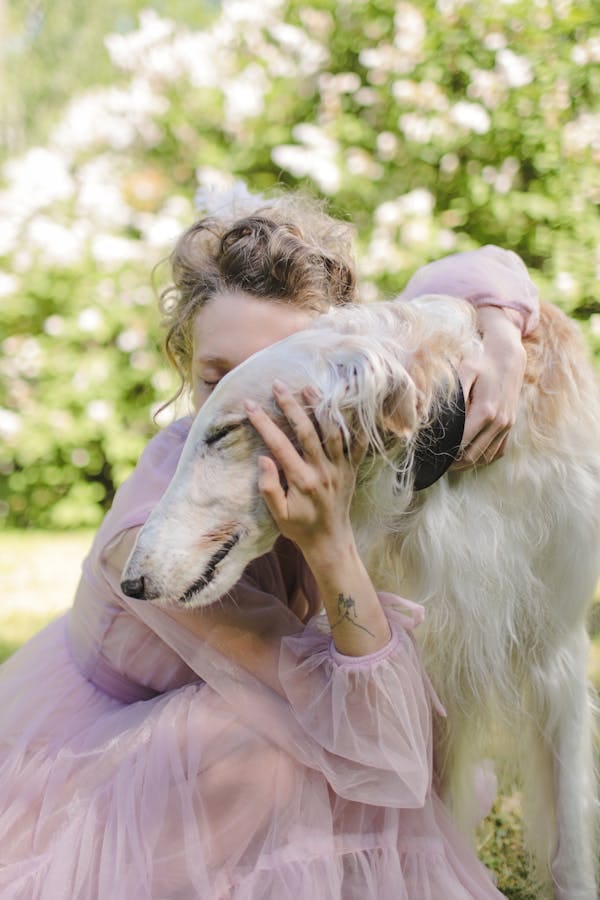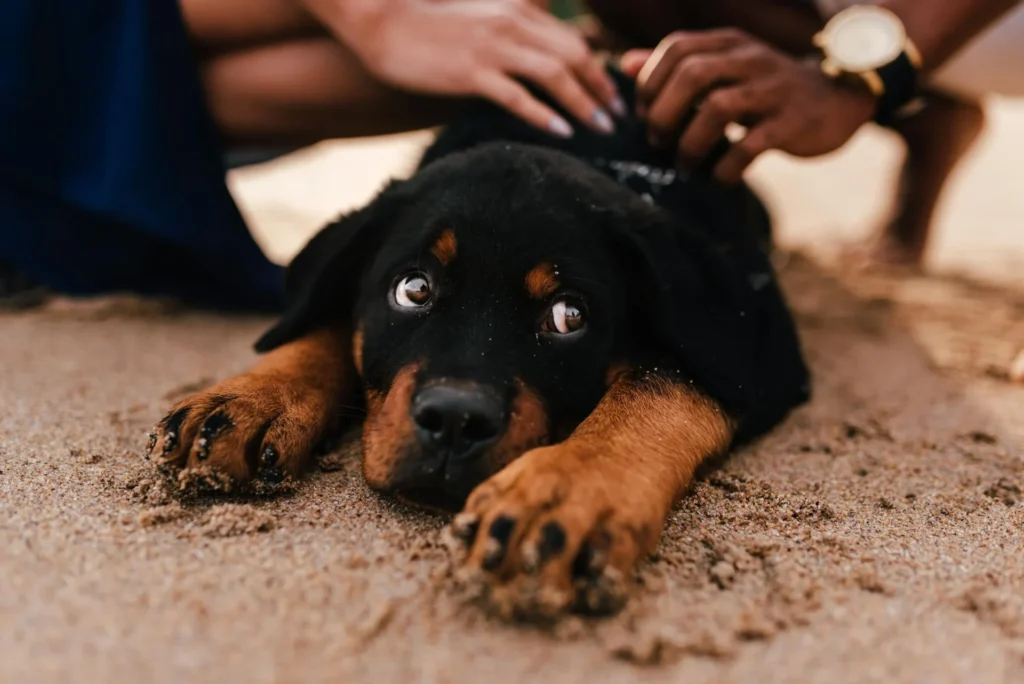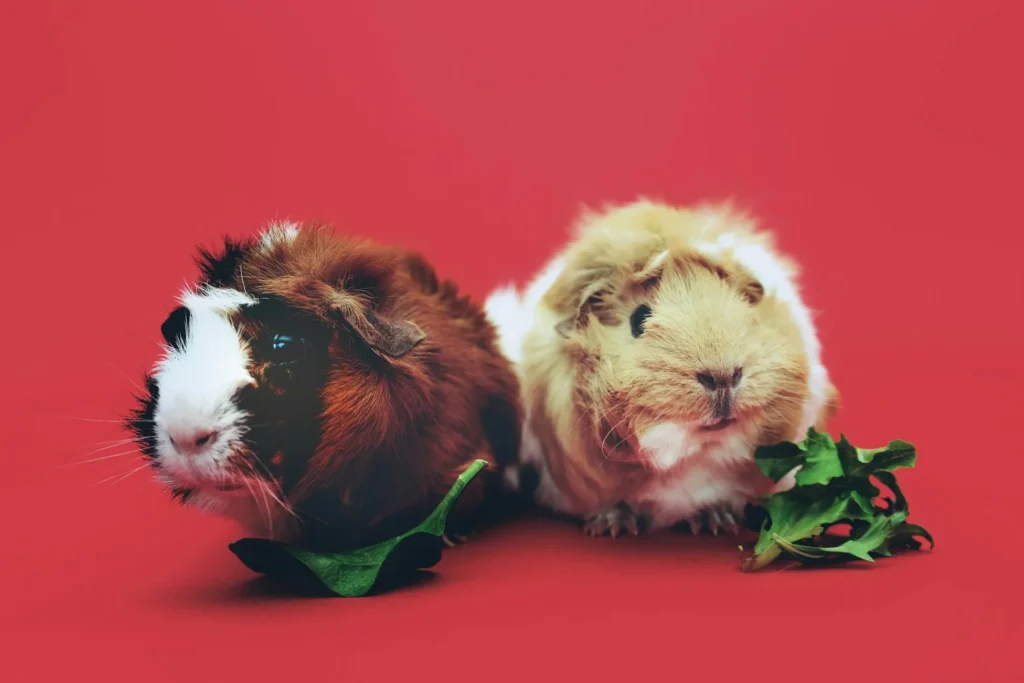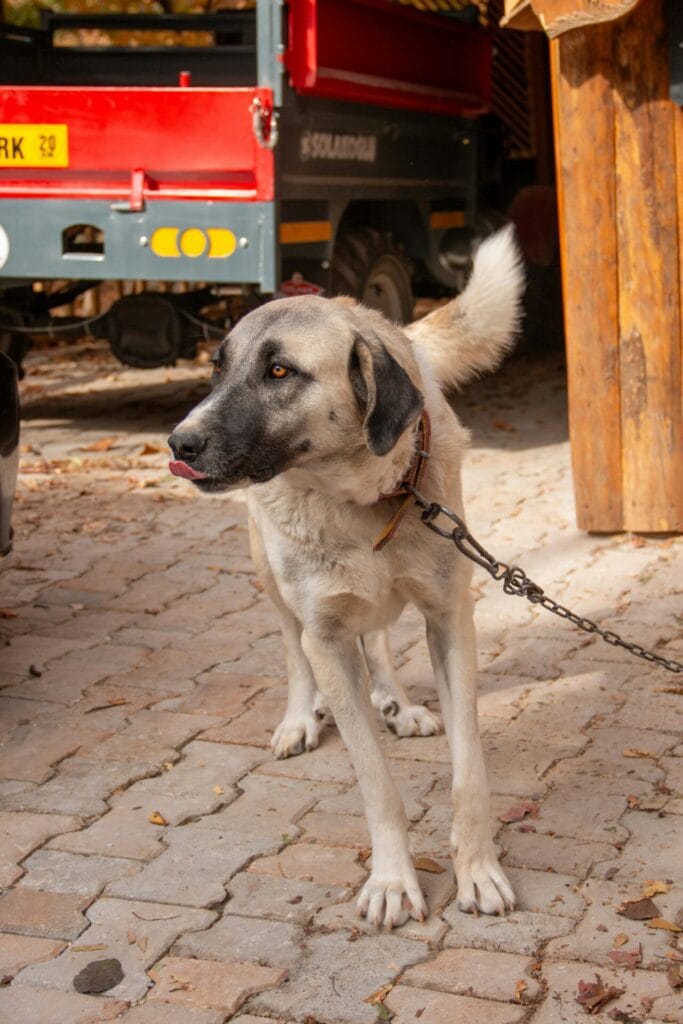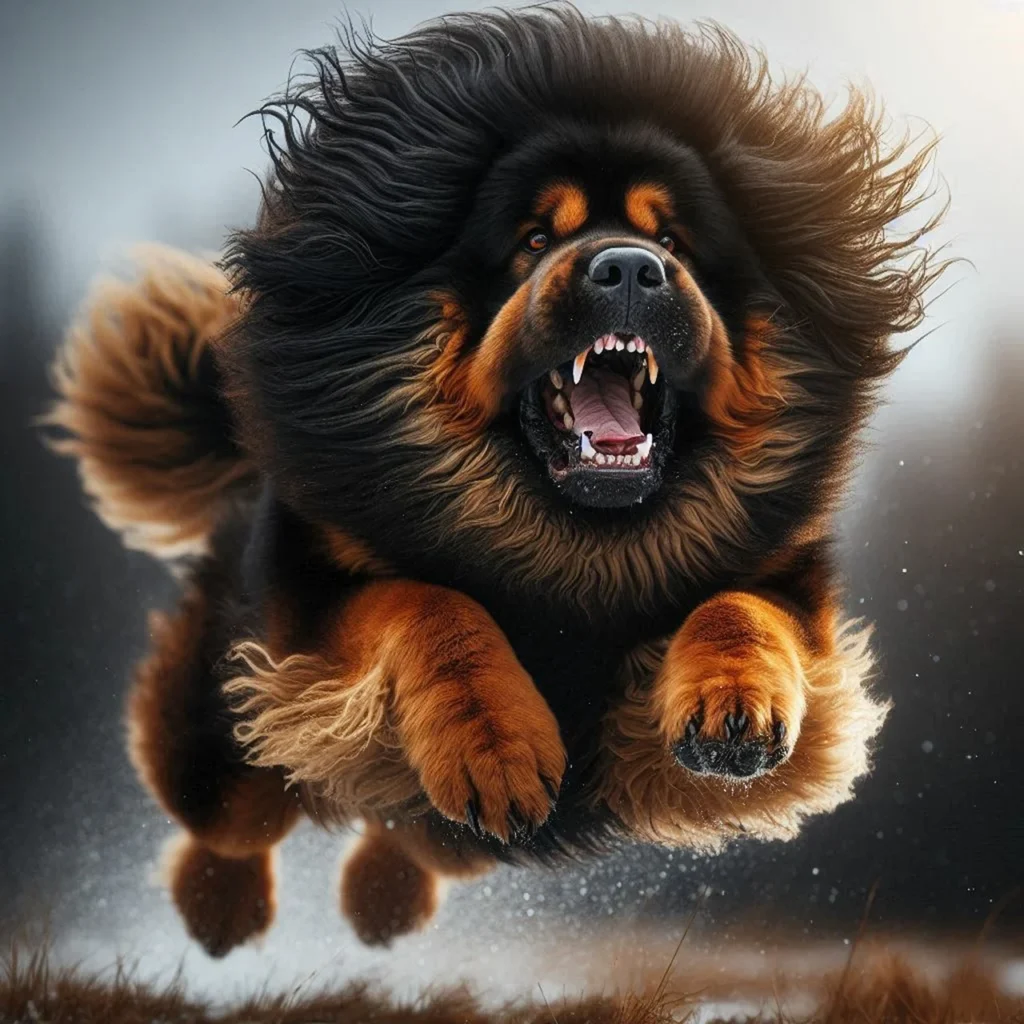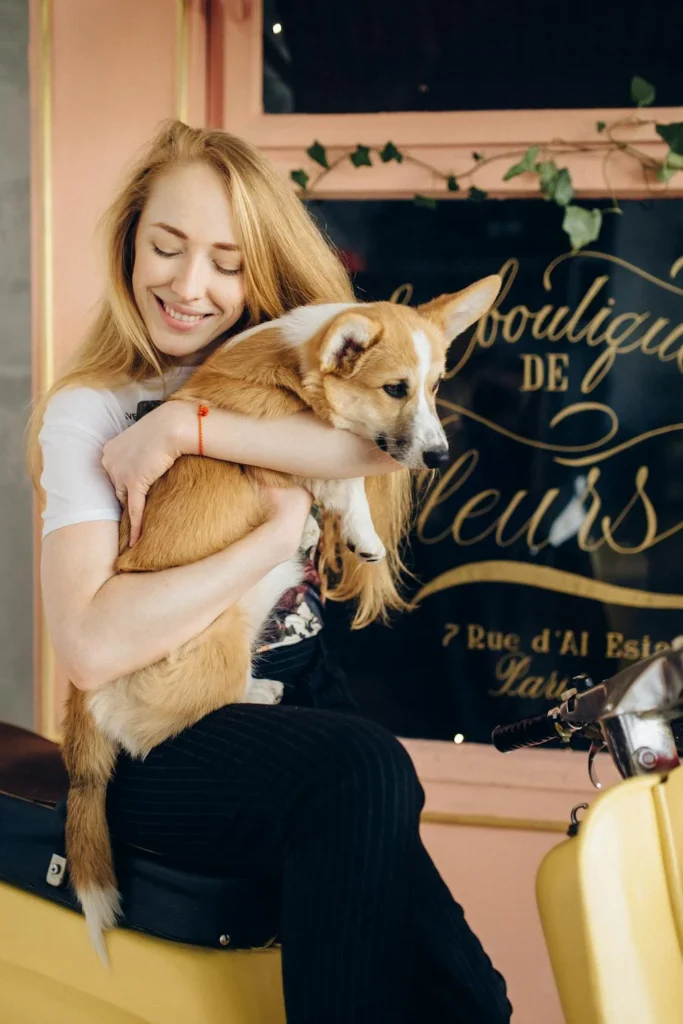- Introduction: The Fascinating World of Poodle Noses 🌎
- The Basics: Poodle Nose 101 📚
- The Long and Short of It: Poodle Nose Lengths 📏
- The Color Palette: Understanding Poodle Nose Pigmentation 🎨
- Nose Know-How: Care and Maintenance 🧼
- Poodle Noses vs. Other Breeds: A Snout-to-Snout Comparison 🐕
- The Nose Knows: Fun Facts About Poodle Noses 🎉
- FAQs: Your Top Poodle Nose Questions Answered! 🤔
- Conclusion: Embracing the Poodle Nose in All Its Glory 🌟
Introduction: The Fascinating World of Poodle Noses 🌎
When you think of poodles, you might picture their elegant stance, curly coats, or intelligent eyes. But have you ever stopped to consider their noses? These often-overlooked features are not only adorable but also play a crucial role in a poodle’s life. From long snouts to button noses, from black to pink and everything in between, poodle noses are as diverse as they are intriguing. Let’s embark on a nose-tastic journey to uncover the secrets behind those cute canine sniffers! 🕵️♀️
The Basics: Poodle Nose 101 📚
Anatomy of a Poodle Nose 🧠
Before we dive into the specifics, let’s break down the basic anatomy of a poodle’s nose:
- Nostrils: The two openings that allow air in and out
- Nasal Planum: The hairless, usually moist area surrounding the nostrils
- Philtrum: The vertical groove between the nostrils
- Bridge: The top part of the nose, extending from between the eyes to the tip
Each of these parts works together to create the poodle’s unique nasal structure.
Function: More Than Just Smelling the Roses 🌹
A poodle’s nose isn’t just for show. It serves several vital functions:
- Scent Detection: Poodles have an incredible sense of smell, with up to 300 million olfactory receptors!
- Breathing: The nose filters, warms, and humidifies air before it enters the lungs
- Heat Regulation: Dogs use their noses to help regulate body temperature
- Communication: Nose-to-nose greetings are a common way for dogs to say hello
The Long and Short of It: Poodle Nose Lengths 📏
Why Do Some Poodles Have Long Noses? 🐘
Poodles are known for their relatively long, fine muzzles. But why?
- Breed Standard: The AKC breed standard calls for a “long, straight and fine” muzzle
- Historical Function: Longer noses aided in retrieving waterfowl
- Breathing Efficiency: A longer nose can help filter air more effectively
- Scent Capability: More space for olfactory receptors means a better sense of smell
Factors Influencing Nose Length 📊
Several factors can affect the length of a poodle’s nose:
- Genetics: The primary determiner of nose length
- Poodle Variety: Standard Poodles often have proportionally longer noses than Toys or Miniatures
- Individual Variation: Just like humans, each poodle is unique!
- Age: Puppies’ noses may appear shorter, lengthening as they grow
The Color Palette: Understanding Poodle Nose Pigmentation 🎨
Do Poodles Have Pink Noses? 🐽
The short answer is: sometimes! Poodle noses can come in a variety of colors, including:
- Black: The most common and desirable color in show rings
- Brown: Often seen in brown or cafe-au-lait poodles
- Liver: A reddish-brown color
- Pink: Yes, some poodles do have pink noses!
Why the Color Variety? 🌈
Several factors influence nose color in poodles:
- Genetics: The primary determiner of nose color
- Coat Color: Often correlates with nose color (e.g., black poodles usually have black noses)
- Age: Some poodles’ noses may change color as they age
- Sun Exposure: Extended sun exposure can cause nose color to fade
- Health: Certain health conditions can affect nose pigmentation
The Pink Nose Phenomenon: Snow Nose and More ❄️
Some poodles may develop a pink nose temporarily or permanently. This can be due to:
- Snow Nose: A temporary lightening of the nose in winter months
- Dudley Nose: A condition where the nose loses pigment permanently
- Vitiligo: An autoimmune condition causing loss of pigment
- Injury or Scarring: Can cause localized loss of pigment
Nose Know-How: Care and Maintenance 🧼
Keeping That Nose in Tip-Top Shape 💪
Proper nose care is essential for your poodle’s health and comfort:
- Moisturize: A dry, cracked nose can be uncomfortable. Use dog-safe balms if needed
- Sun Protection: Consider dog-safe sunscreen for light-colored noses
- Regular Checks: Look for any changes in color, texture, or discharge
- Clean Gently: Use a damp cloth to clean around the nose if necessary
When to Worry: Nose-related Health Concerns 🏥
While most nose issues are harmless, some may require veterinary attention:
- Nasal Discharge: Especially if thick or discolored
- Excessive Dryness or Cracking: Could indicate an underlying issue
- Sudden Color Changes: Particularly if accompanied by other symptoms
- Growths or Lumps: Always have these checked by a vet
Poodle Noses vs. Other Breeds: A Snout-to-Snout Comparison 🐕
How do poodle noses stack up against other popular breeds? Let’s take a look:
| Breed | Nose Length | Common Colors | Notable Features |
|---|---|---|---|
| Poodle | Long | Black, Brown | Fine, elegant shape |
| Labrador Retriever | Medium | Black, Pink | Wide, “otter-like” |
| Bulldog | Short | Black, Pink | Upturned, wrinkled |
| German Shepherd | Long | Black | Strong, wolf-like |
| Pug | Very Short | Black | Flat, wrinkled |
The Nose Knows: Fun Facts About Poodle Noses 🎉
- Unique Print: A dog’s nose print is as unique as a human fingerprint!
- Directional Smelling: Poodles can determine which nostril a scent entered, helping them locate the source
- Wet vs. Dry: A wet nose isn’t always a sign of health, and a dry nose isn’t always a sign of illness
- Nose Workout: Using puzzle toys can give your poodle’s nose a fun workout
- Super Sniffers: Poodles have been used in scent work, including truffle hunting!
FAQs: Your Top Poodle Nose Questions Answered! 🤔
Q: Can a poodle’s nose change color?
A: Yes, due to factors like aging, sun exposure, or health conditions.
Q: Are pink noses more sensitive to sunburn?
A: Generally, yes. Light-colored noses may need extra sun protection.
Q: Do all poodle varieties have the same nose shape?
A: While all poodles have relatively long noses, Standards often have proportionally longer noses than Toys or Miniatures.
Q: Can I use human moisturizer on my poodle’s dry nose?
A: It’s best to use products specifically designed for dogs to avoid potential irritation.
Q: Does nose color affect a poodle’s sense of smell?
A: No, nose color doesn’t impact scent detection ability.
Q: My poodle’s nose is always wet. Is this normal?
A: A moist nose is often normal, but constant runniness might warrant a vet check.
Q: Can poodles get frostbite on their noses?
A: Yes, especially lighter-colored noses. Limit extended exposure to extreme cold.
Q: Do poodles with longer noses breathe better?
A: Generally, longer noses can be more efficient at filtering and warming air.
Q: Can I tell my poodle’s mood by their nose?
A: While not as expressive as tails or ears, a twitching or flaring nose might indicate excitement or alertness.
Q: Are black noses “better” than pink ones?
A: In terms of function, no. However, black noses are often preferred in show rings.
Remember, while these answers provide general information, always consult with a veterinarian for specific concerns about your poodle’s health. 🐩👨⚕️
Conclusion: Embracing the Poodle Nose in All Its Glory 🌟
From its elegant shape to its remarkable capabilities, the poodle nose is truly a wonder of canine anatomy. Whether your poodle sports a long, regal snout or a cute button nose, whether it’s jet black or baby pink, each nose is a unique part of what makes your poodle special.
Understanding your poodle’s nose – its structure, function, and care needs – can help you better appreciate this often-overlooked feature. It’s not just a cute addition to your poodle’s face; it’s a sophisticated tool that helps them navigate and understand the world around them.
So the next time your poodle nuzzles you with that cool, wet nose, take a moment to appreciate the marvel it truly is. After all, in the world of poodles, the nose really does know! 🐩👃💖

